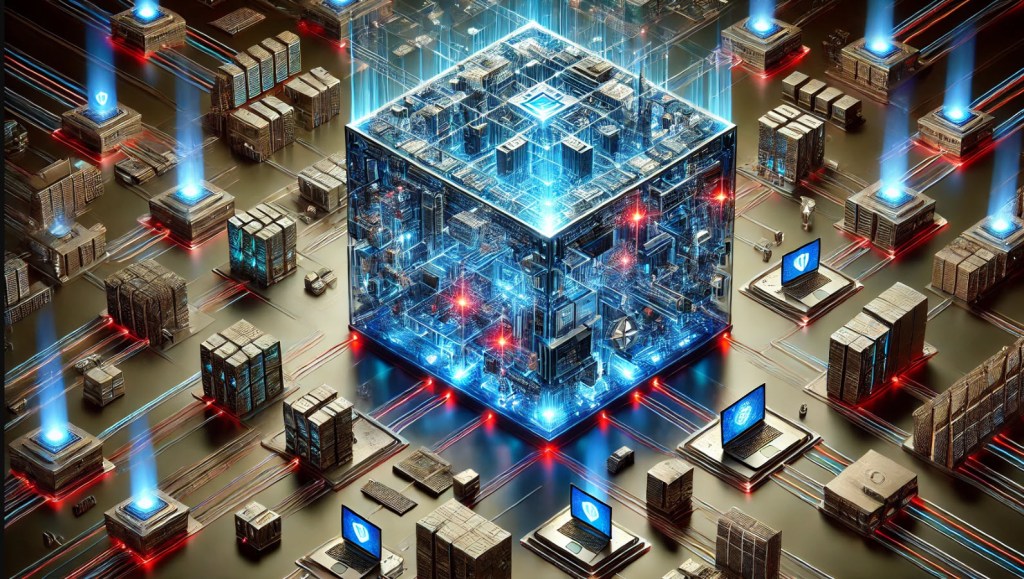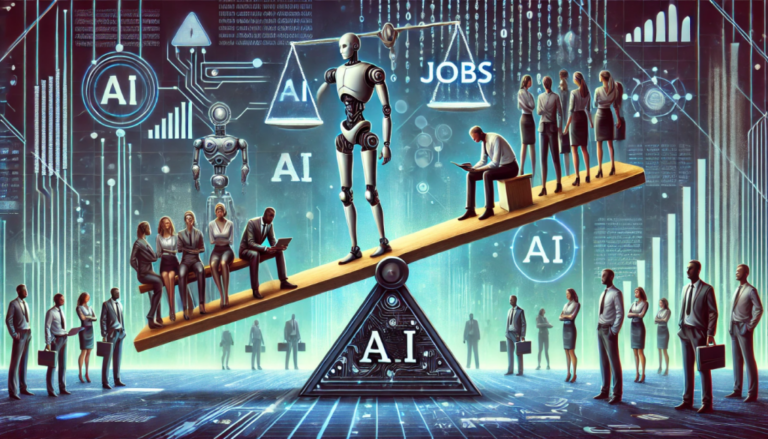Mastering Real-Time Endpoint Defense: Your 2025 Playbook to Outsmart AI-Powered Cyber Attacks
In today’s fast-evolving cybersecurity landscape, endpoint, identity, and multi-domain attacks have emerged as significant threats to enterprises. These attacks are increasingly sophisticated, often leveraging advanced techniques developed through generative AI. Understanding these trends is crucial for organizations aiming to fortify their defenses.
Understanding Endpoint Attacks
Endpoint attacks refer to security breaches that target endpoint devices such as computers, mobile devices, and servers. With the rise of remote work and BYOD (Bring Your Own Device) policies, the attack surface has expanded greatly.
Key Characteristics of Endpoint Attacks
- Increased Access Points: More devices connected to corporate networks can lead to vulnerabilities.
- Advanced Malware: Attackers are using sophisticated malware designed to evade traditional security measures.
- Human Error: Phishing attacks exploit human weaknesses to gain access to sensitive information.
The Rise of Identity Attacks
Identity attacks focus on stealing or compromising user credentials. These attacks can lead to unauthorized access to sensitive systems and data, making identity protection a top priority for enterprises.
Common Types of Identity Attacks
- Credential Stuffing: Using stolen credentials from one breach to access other accounts.
- Social Engineering: Manipulating individuals into revealing personal information.
- Account Takeover: Gaining control of user accounts to exploit them for fraudulent activities.
Multi-Domain Attacks and Their Implications
Multi-domain attacks involve targeting multiple domains or sectors simultaneously, making them particularly challenging to defend against. These attacks often exploit interconnected systems to maximize their impact.
Strategies to Combat Multi-Domain Attacks
Enterprises can adopt several strategies to mitigate the risks posed by multi-domain attacks, including:
- Enhanced Monitoring: Implementing real-time monitoring tools to detect anomalies across domains.
- Cross-Domain Security Policies: Establishing security protocols that span all domains and systems.
- Employee Training: Regularly training staff on security best practices to reduce the risk of human error.
The Role of Generative AI in Cybersecurity
Generative AI is playing a dual role in the cybersecurity landscape. While it aids in developing new attack strategies, it can also be harnessed to enhance security measures. Organizations must stay informed about how generative AI is influencing both sides of the cybersecurity equation.
For more insights on safeguarding your organization against these emerging threats, visit our cybersecurity resources page or check out this CSO article for a deeper understanding of the implications of AI in cybersecurity.
By staying ahead of these trends and implementing robust security measures, businesses can better protect themselves from the evolving threat landscape.







